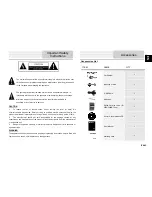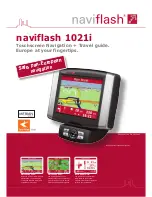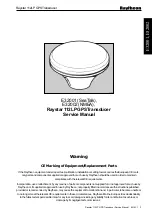
4.22. SCENARIOS AND EXAMPLES (SCRIPTS)
#the violation has been reported
>SED10NV4;S07C00&+;ACT=SXAZZ2<
#end
4.22.6
START/STOP monitoring
In this example we are going to create two reporting events that re-
flect two possible situations for a trip: a trip STOP and a trip re-start
or first start (simply START).
Note: This example continues working
on the example that has been worked so far, the
Getting Started
+
SMS rep Speed violation and warning.
Now we have to tell the unit what is a STOP and what is a START.
There are several ways of doing this, for this example we are going
to define a STOP situation to be when the traveling speed remains
below a small speed limit for a given period of time. Having this,
we define the START situation as happening when the speed’s goes
beyond the same limit and having the unit on a previous STOP con-
dition.
In this way we can assure that a STOP is not going to be reported
any time the speed falls below a low value but that a time-condition
is also required. We require the following two parameters:
1. An speed limit for determinating an STOP/START. This has
to be a low speed value but not so low that the unit has the
chance of traveling at very low speed and hence not generate
the reports.
2. A time condition. This value depends on what is an STOP
situation for us. An unit may be at rest waiting for a traffic light
to change and we may not want that situation to be reported
as an STOP.
For our example let’s use some typical values that work on the ma-
jority of configurations. For speed limit let’s use
8mph
and as time
condition
2 minutes
. For our example let’s use for no particular reason
event
30
for an STOP situation and event
31
for the START.
Setting a low speed limit
Using the
GS
signal we configure the
8mph
limit:
>
SGS0310080
<
109















































